Here we are in Cambodia! We’ve been traveling in this country for about 4 days; this post will catch you up on the two nights we spent in Siem Riep.
Our first night in Siem Riep wasn’t too eventful, because we didn’t have much time to do any exploring since our plane landed in the evening. Also, we planned to have an early morning, so we just checked into our hotel and headed out to find something to eat. Because Siem Riep’s economy is based almost exclusively on tourism, most of the locals speak better English than we’ve encountered thus far, and we had a good time chatting with them.
This is a country that’s been ravaged by war and genocide since the 1970’s; only during the past decade has it opened up to tourists. The people take much pride in their country and their heritage, and are desperately trying to make up the growth and progress that has been stunted by years of bitter ethnic and classic conflict. Taylor and I met a young man who called himself Tony; he’d put himself through Cambodia’s only university program in Phnom Penn, but the job market can’t keep up, and he’s been forced to take a job driving a taxi called a “tuk tuk,” a moped towing a cart with passengers. He’s openly bitter about it, but doesn’t have much choice. In any case, he’s cheerful enough, and he and his friends are glad to tell us about their country.
The next day we rise up early at 5:30 am to try and catch the sun rise over Angkor Wat Temple. Siem Riep’s ancient Angkor region contains within its dense jungle around 300 preserved temples, all built between the 6th and 12th centuries by ancient civilizations in honor of their kings. Each temple contains inscriptions noting the history of the regime that built it, as well as homages to both Hindu and Buddhist religions. The largest and most popular of these is Angkor Wat, built in the early 12th century. This temple is the the largest tourism draw to Cambodia, and we were already late to the party despite the early hour. At least a couple hundred tourists were already set up to take a picture of the gorgeous morning sunrise over the towers of Angkor Wat. Taylor was able to snag a couple great shots himself.
Once the sun had risen and we had toured the massive temple and its courtyard, we went to eat breakfast and meet up with our tour guide. We were immediately cornered and accosted by tiny impoverished children, 6 to 12, trying to sell us everything from postcards, tiny handmade souvenirs and musical instruments, or beverages, and some who were just looking for handouts based on their cuteness. “Only one dollar please!” Each child could speak the same phrases in at least 5 languages, we were told by our tour guide. My dad decided to test out the theory; “no queires comprar, a hora”, he said, which is to say I don’t want to buy right now. “POR QUE??” they wailed loudly (which is to say “Why not!?!?”) “If you buy from one of them, you have to buy from all, or else the cry!” our van driver said. This proved true as well, as we found out later. Each temple we visited was populated by children accosting us in this manner; its my understanding that the average wage in Cambodia is around a dollar a day, so these youngsters were likely helping their family’s out a great deal.
We picked up our tour guide at breakfast, a sincere, knowledgeable and hardworking man named Sokhom, who plotted out our day so that we could see 5 other temples, among them Angkor Thom and Pre Rup, and Bantay Srei. Most of these temples had been the focus of large efforts by the colonial French, who discovered, excavated, and put the temples back together in a puzzle fashion, a process that could take years.
One large temple, called Ta Prohm, was still in the process of being dug out of the jungle. Huge parasitic trees had attached their roots to the stones of the temple and had grown over the years to be hundreds of feet tall. To dismantle these trees, work crews would have to build scaffolds around them and take them apart in pieces. Taylor was able to get a good picture of a carving of the face of a Hindu god which had been partially covered by the root of a tree; the tiny god face could barely see out of the gap that was left.
Each of these temples is significant in its own unique way; the whole region has been the subject of great historical and archealogical efforts; the depth of history here seems to me to rival that of the ancient Egyptian or Mayan pyramids.
Along the way, we were also able to stop and see how rice was being grown and harvested by hand by the locals. Besides tourism-based capital, the Cambodian society is mostly agrarian, and it was interesting, from our perspective as farmers to see their rice fields.We rode around the perimeter of one temple on Elephants, which was actually a very comfortable way to travel (in my opinion).
Our tour guide was very informative, and the tour was very informative, helping us to also understand a bit of the Cambodian culture and lifestyle. To end the day, he directed us to watch the sunset from the top of the Pre Rup temple, a large sandstone structure that rose several stories into the air. Afterwards, we returned the the city of Siem Riep to shower and eat dinner at an Indain style restaurant. It was a packed day! Tomorrow we’ll wake up around 6am to catch a boat for the 5 hour ride up the river to Phnom Penn, the industrial capital of Cambodia. We hope you’re enjoying our story so far!

 Posted on December 31, 2009
Posted on December 31, 2009
 by tgrantphoto
by tgrantphoto  1
1 


























































































































































































































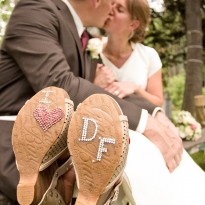


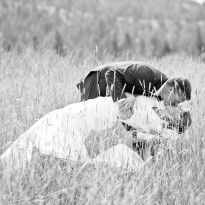


















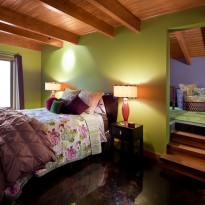






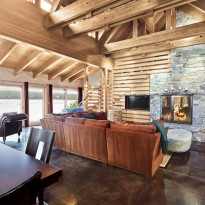


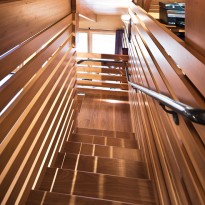
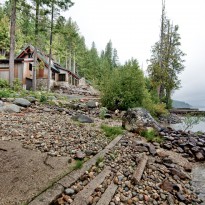






















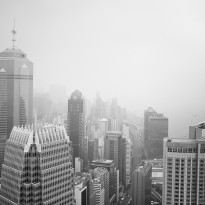
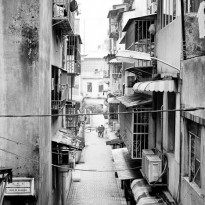




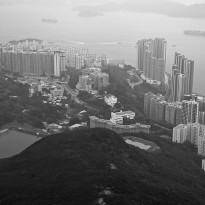



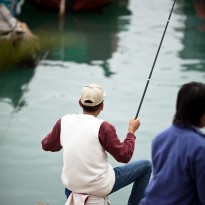
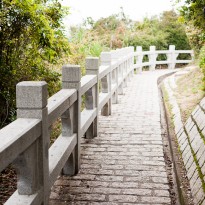



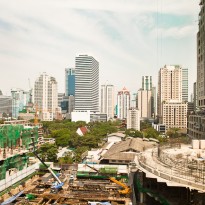





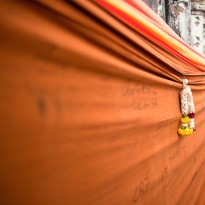




















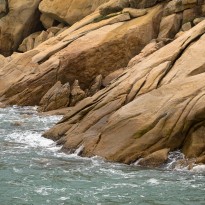

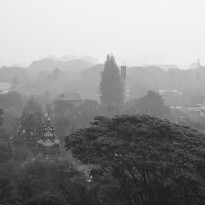











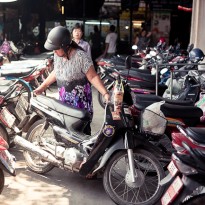








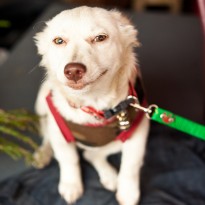
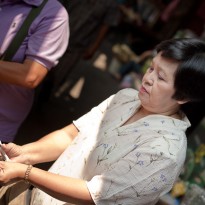





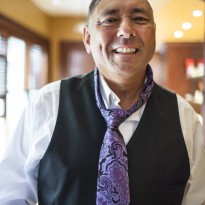











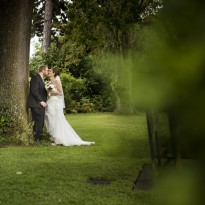



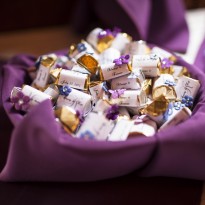


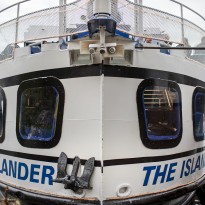









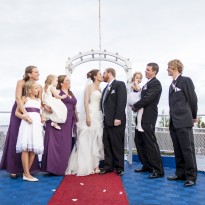





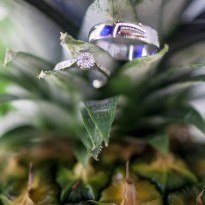

















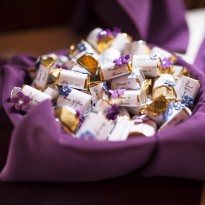








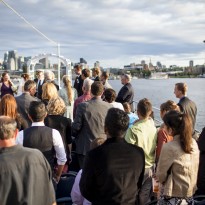


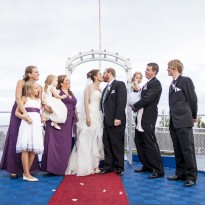



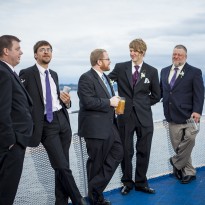


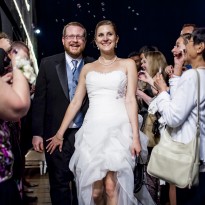







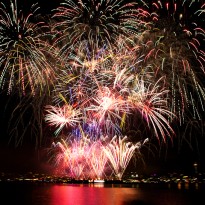
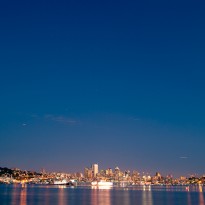




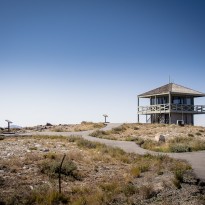




















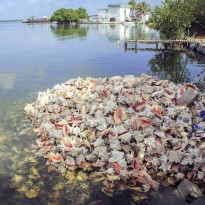






























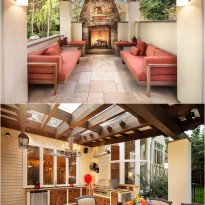













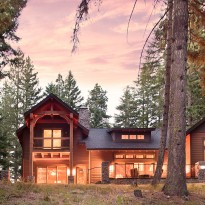




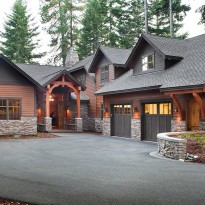








































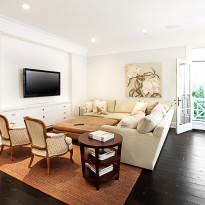


























Enjoy following you all. Great writing. Hurry back to snow country we have six inches on the ground